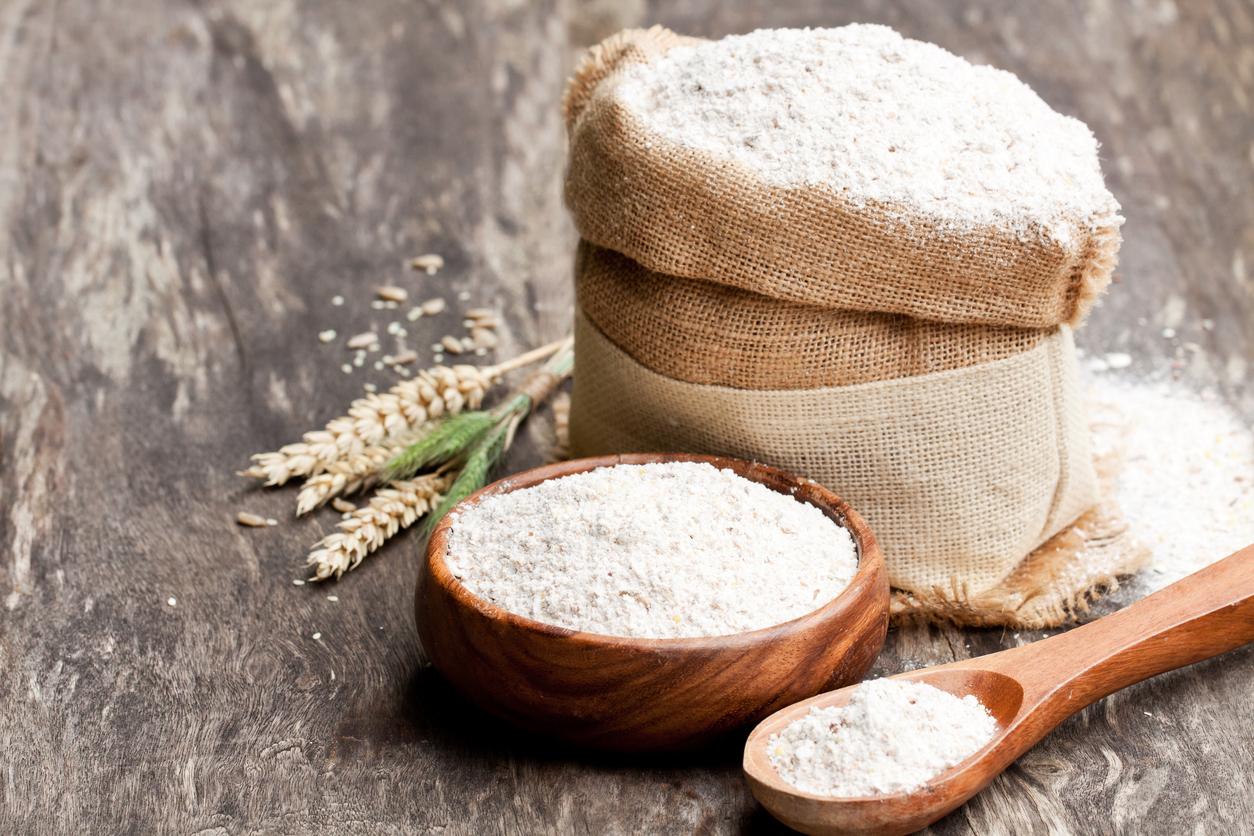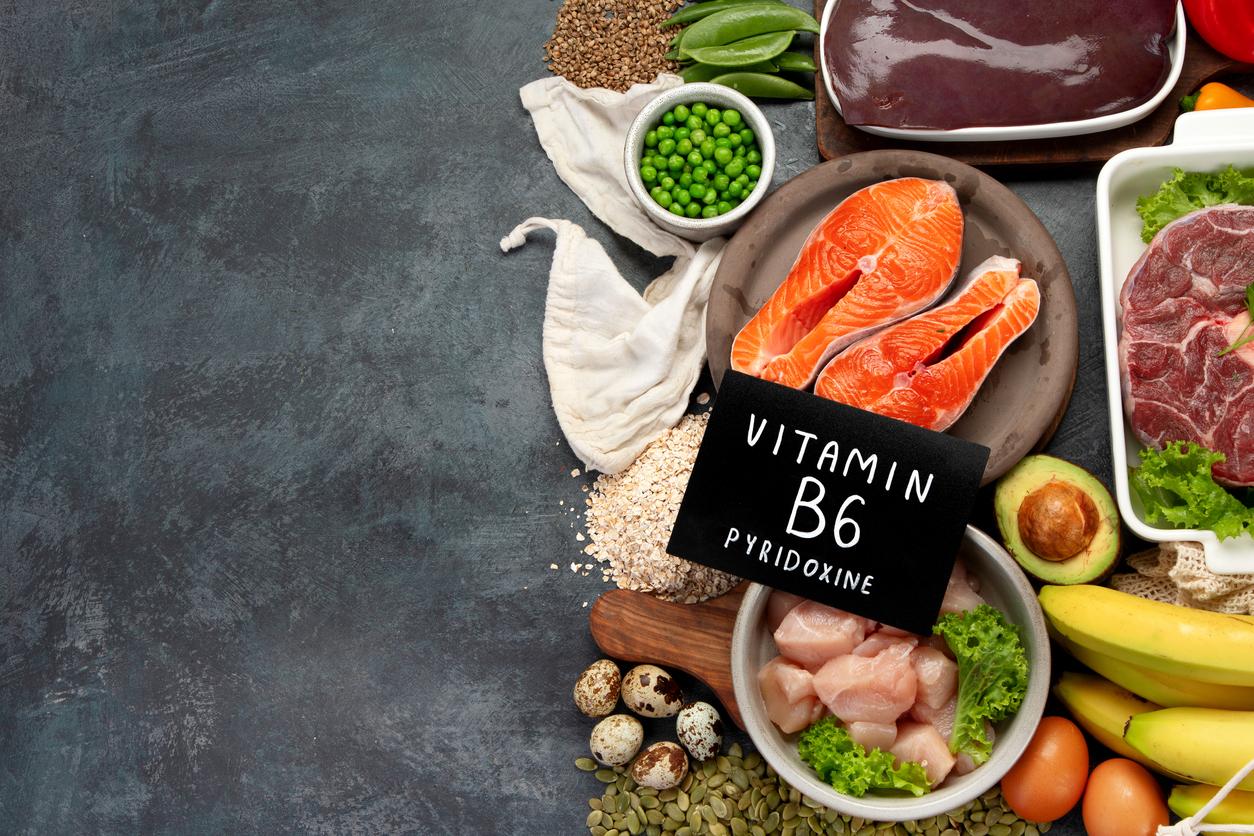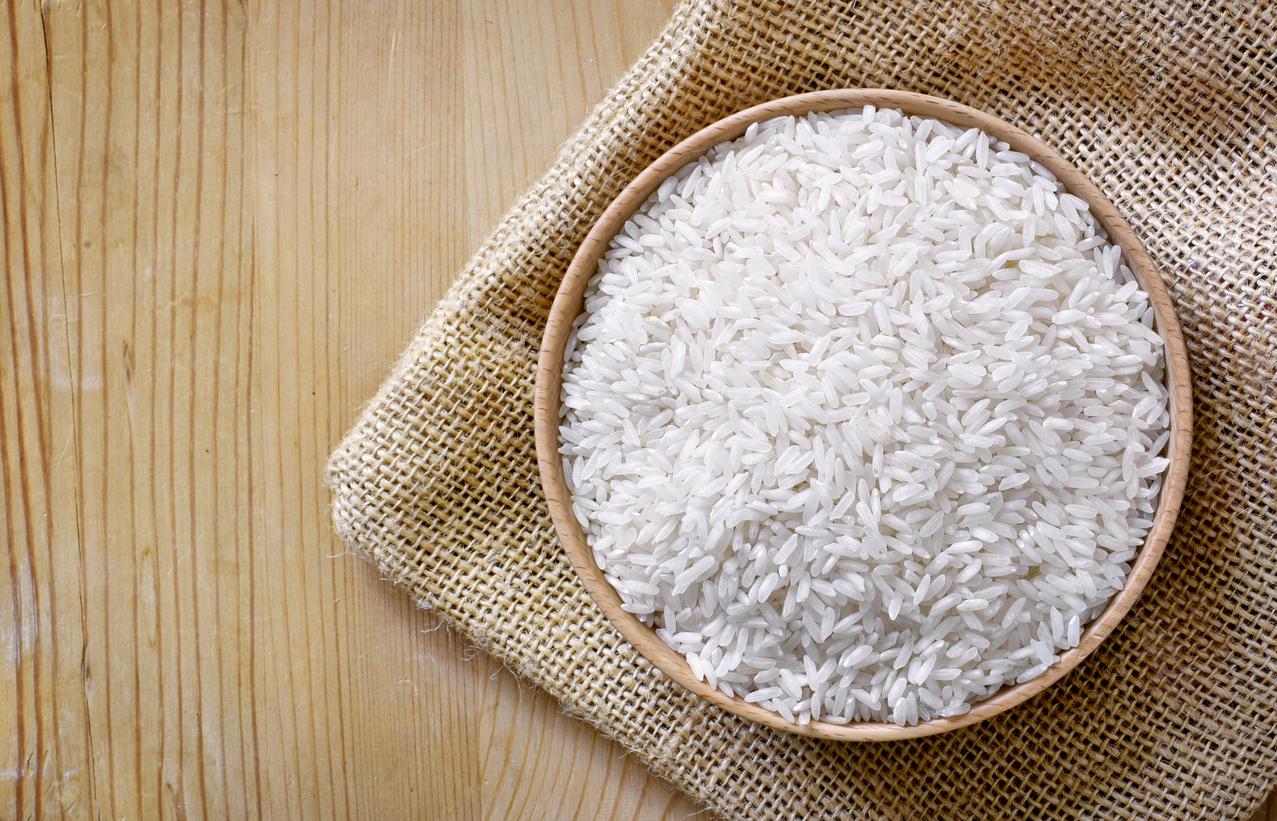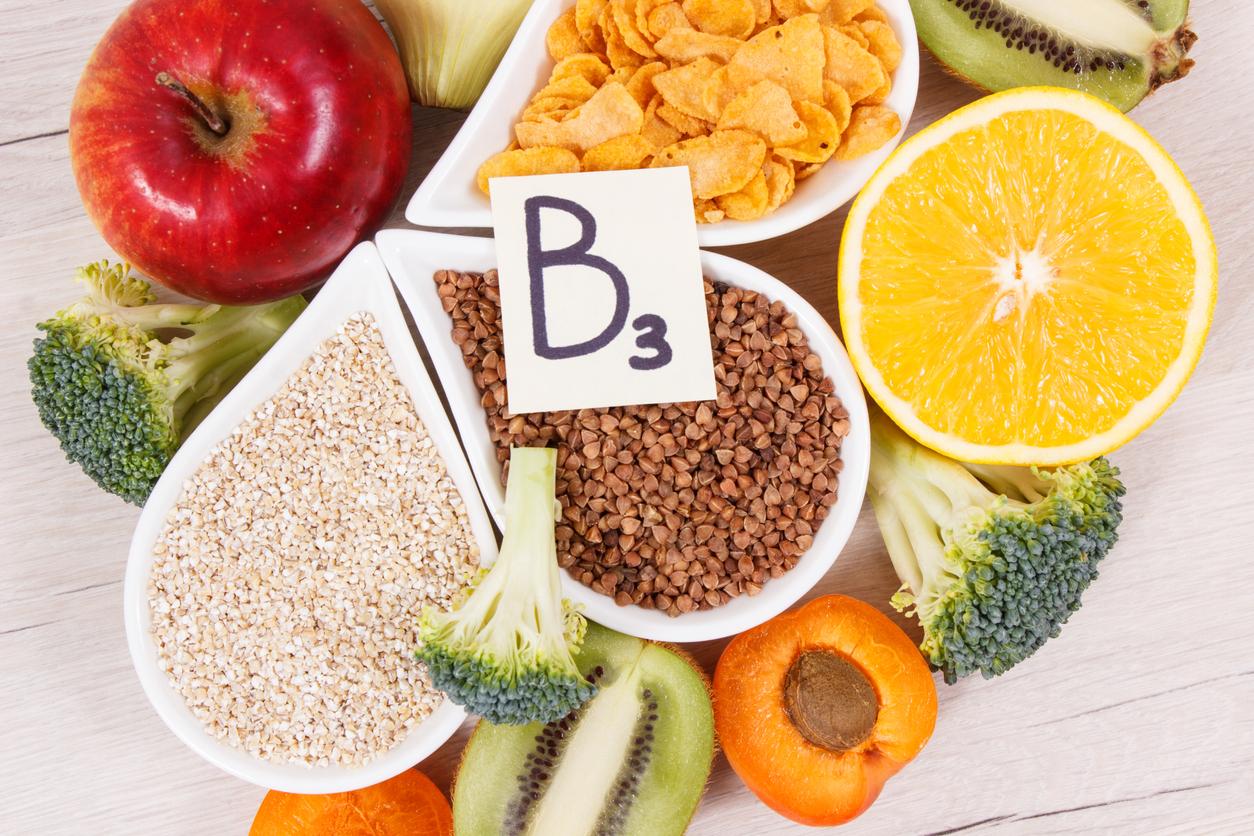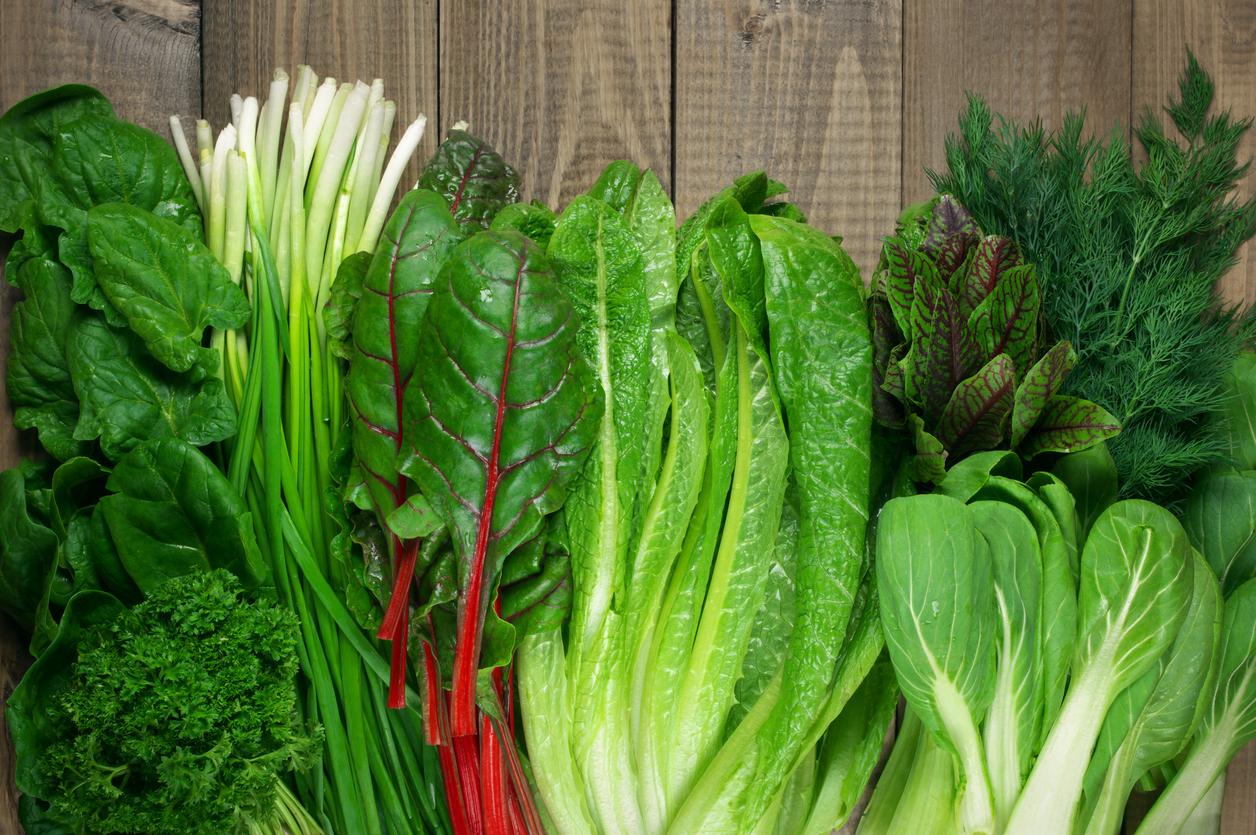Restless legs syndrome and tingling may be due to lack of vitamin B3.

- 8.5% of French people are affected by Restless Legs Syndrome.
- Vitamin B3 deficiency can also be manifested by loss of appetite, fatigue, headaches, dizziness, hyper-responsiveness of skin exposed to the sun, and mood swings.
It is found in large quantities in foods of animal origin: vitamin B3 guarantees good blood circulation and plays a role in the breakdown of glucose. Like all B vitamins, it helps transform carbohydrates (contained in food) into glucose (a substance that can be absorbed and used by the body).
Urge to move the legs
A deficiency in this vitamin can cause undesirable effects (loss of appetite, fatigue, headaches and dizziness) and even pellagra, but also impatience in the legs called restless legs syndrome (RLS).
This syndrome is a chronic disorder characterized by an urge to move the legs: at rest, most often when lying down, in the evening or at night, when falling asleep or during sleep. Unpleasant sensations appear as tingling, tingling, tugging, an impression of “electric shock” but also pain in the accentuated forms of the syndrome.
Essential to our body
Vitamin PP is essential for our body and daily needs vary according to age: young children should consume 6 to 10 mg per day, adolescents need a higher intake (between 11 and 14 mg ). In adults, a man needs about 14 mg daily and a woman 11 mg. It is only produced in small quantities by the body itself. Thus, to avoid a deficiency, adopting a diet rich in this vitamin is recommended.
Good source of vitamins PP
Veal and beef liver contains about 13 mg of vitamin PP per 100 g, fatty fish (tuna, mackerel and salmon) contain between 7 and 10 mg of vitamin PP per 100 g, 100 g of poultry meat, chicken or turkey provide between 7 and 8 mg and eggs are also a good source of vitamin PP. It is also found in certain fruits, especially nuts, dates or avocados (about 1.7 mg per 100 g) and in vegetables such as carrots and sweet potatoes (about 1 mg per 100 g).
Among food supplements, the one that contains the most is brewer’s yeast (40 mg per 100 g). Whole grains are twice as rich in this micronutrient as refined products and are therefore to be preferred. In addition, foods rich in tryptophan (an amino acid), such as dairy products, can compensate for insufficient intake of niacin in the diet, because the body can convert tryptophan to niacin.







